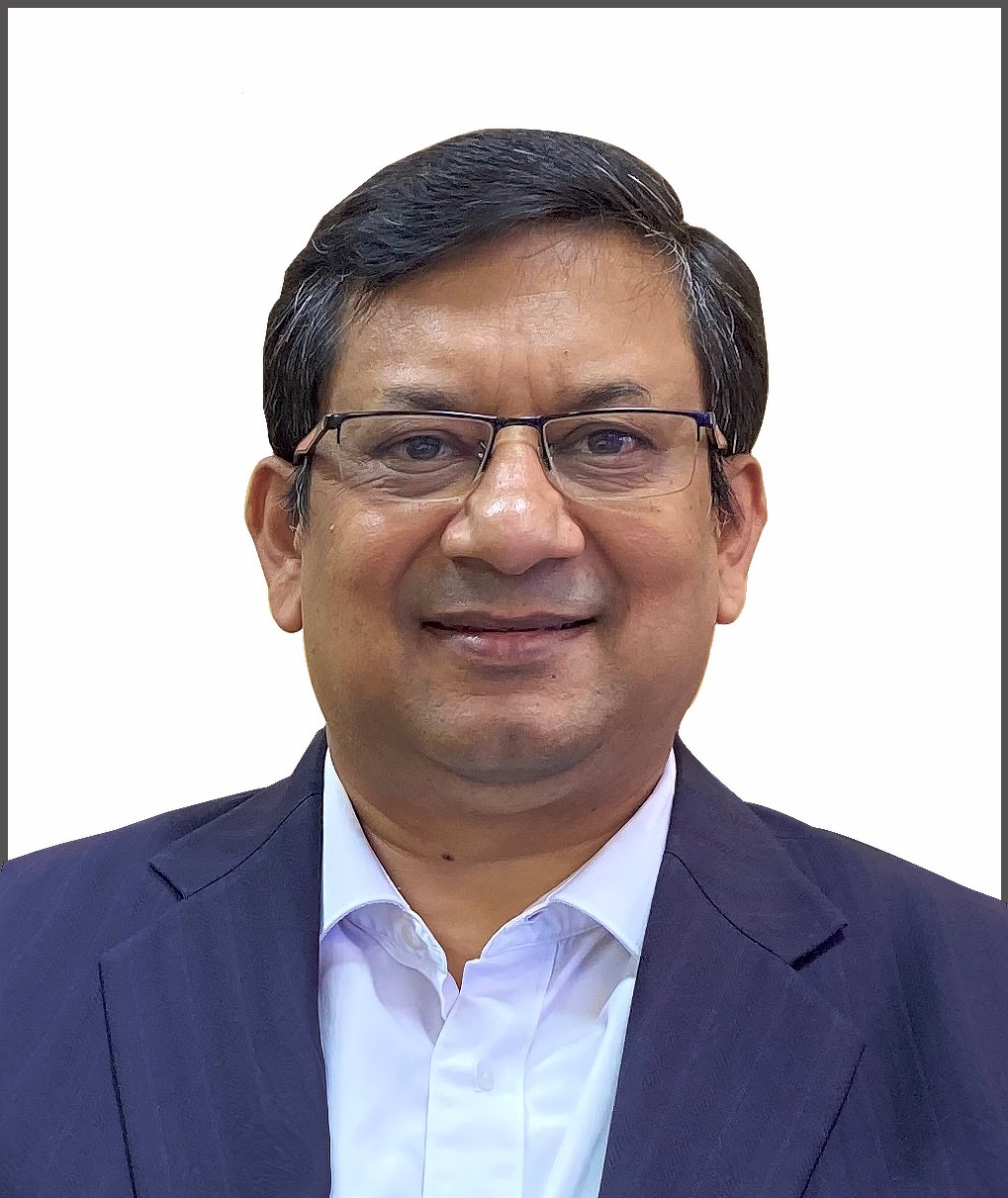 What, according to you, are the key business drivers for the uptake of smart metering for utilities in India?
What, according to you, are the key business drivers for the uptake of smart metering for utilities in India?
Prevention of energy theft, improvement in collection efficiency and improvement in power quality indices are the main drivers for deployment of smart metering by the Indian utilities. Smart Meters are capable of disconnecting the load of the consumer or send an alert to the data centre based on detection of certain tampers. This enables the utilities to take necessary action. Also the daily energy reads, enable a daily energy audit to identify the loss making feeders and take corrective action.
Smart Metering also gives the additional benefit of all data being available at one central location, without manual intervention, for the purpose of verifiable baselining and evaluating the improvements made in the various performance indices by the utilities. Non-availability of authentic and verifiable data is one of the roadblocks in privatization of discoms.
What are some successful use cases of smart metering and AMI deployments?
Utilities which have deployed smart metering have seen the benefits mentioned above. In addition to this, some of the use cases that they have implemented are penalty on exceeding contracted demand, reassessment of contracted demand and change of load category, payment defaulters disconnected remotely, improvement of billing efficiency, implementing of prepaid and net metering, and the availability of granular data to consumers through mobile app.
What are some strategies to enable utilities to smoothly roll out smart meters?
Utilities should properly plan the roll-out of Smart Meters. Our experience is that where the utility has given a single point responsibility to a System Integrator for the roll-out of the project, the success has been higher as all the components are tightly integrated and ready for deployment from the commencement of the project period. Distributed contracts, on the other hand, often run into conflicts between the various suppliers, leading to delays in deployment.
It is very important for the utilities to build public awareness and positive sentiment towards the Smart Meters. Finally, if the utilities are able to improve their billing and collection efficiencies, the honest consumers are set to gain in terms of lower tariff. Also, the power outage alerts from the meters will enable early assignment of maintenance teams and quicker restoration of the supply. The utilities should make sure that negative propaganda by vested interests should not be allowed to affect derail consumer sentiment and derail the project.
At present the question of availability of funds is also a moot point. We feel that in view of the ultimate goal of improvement of financial health of the utilities, the Government of India should announce schemes with a higher proportion of the funding, to enable the cash strapped utilities to roll out Smart metering. For funding from private financing companies, some form of sovereign guarantee mechanism for ensuring payment needs to be implemented.
What are L&T’s offerings in the smart metering and AMI segment?
SEIPL at present has Smart Meters as per IS 16444 for all categories of consumers – residential, commercial and industrial. These meters support either Low Power RF Radio communication or cellular communication – 4G or NBIOT. Along with our partners, we provide end to end AMI solution including meter, communication, head end system (HES), meter data management (MDM) software with associated IT and network hardware as well as services such as Installation, Commissioning and FMS.
What are your future plans for the segment?
Some of the steps that we are looking at are the integration of the latest communication technologies including 4G, NBIOT & 5G, edge control, higher level of data analytics at HES/MDM level, providing actionable data to the utility and the consumer – be the go-to end to end solution provider in the Smart Metering space.
